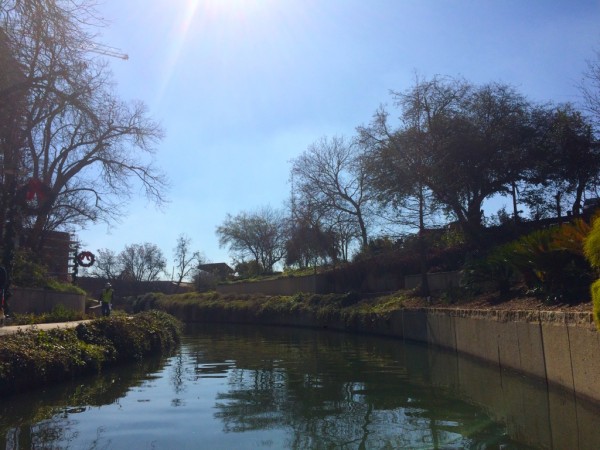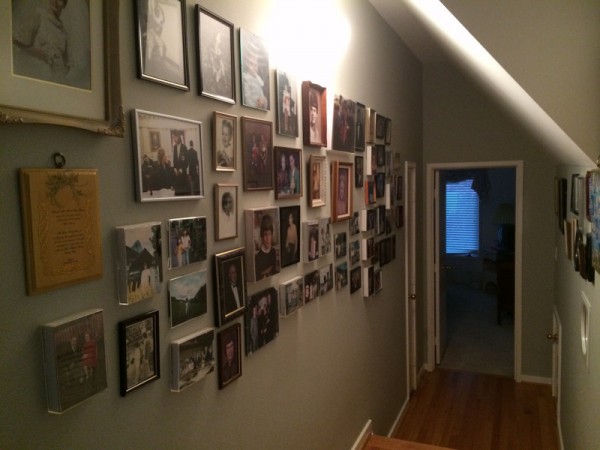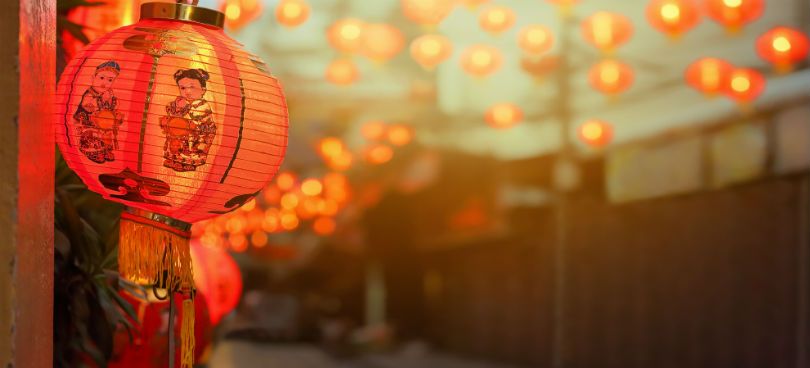Should I Adopt Two Children Of The Same Race?
To adopt children is an amazing way to grow a family. I’m sitting on a riverboat half-listening. It’s the umpteenth time we’ve taken this trip, but for my family, it’s our San Antonio pilgrimage. We float past the Alamo as the guide holds up a picture of Sam Houston. I glance at the photo and again at my father. I guess I see a resemblance. The same jawline but different eyes. Maybe Houston looks more like my Uncle Harland. Or cousin Eric… My sister kicks me in the shin. It’s time to disembark.
Growing up, there was no question that DNA connected me to my parents. Just a quick walk down the hallway of family photographs tells the story of every generation that led to me. When my husband and I first began dating, I pictured what our children might look like. My brown hair, his blue eyes. A perfect meld of German, Scotch-Irish, and of course Texan. The evening we sat down to tell my parents about our decision to adopt from China was a moment I spent weeks rehearsing. What would they say? How would they react? Where in that hallway would our future child’s photograph hang?

Like all transracial adoptive families, that my son does not look like me comes up frequently in conversation. And always at the grocery store! “Is he really your son?” is a question I have come to expect and now, two years later, can eloquently answer without hurling a bag of produce at the asker. At four years old, I know my son, Jack, has some concept of race. He proudly proclaims, “I am brown but you are white.” (Though this is usually followed with “And I have brown hair and Daddy has no hair.”) Jack understands that he and his two best friends look the same (both adopted from China) but that his cousins are perfect replicas of their mother and father. When at his last preschool, Jack was the only minority (and experienced prejudice because of it) we switched to a more diverse school where he could learn alongside other races and ethnicities. Snuggled into his car seat after pick-up from his first day, my son declared, “My new school is lots of fun. Do you know some people look like me there?”
Race does matter. As we learned early on in our pre-adoption education, to say that we are color blind is to minimize the differences between us and our children. Yes, we want love to prevail and to say that “we don’t see color,” but such sentiments do little to help our children. This is why, when we decided to pursue a second adoption, we chose to adopt from China again. We knew the program, we knew what kinds of needs the children were facing, and most importantly adopting from China would be a way for our son to have someone who looks “just like him” on our family tree. But then something funny happened.
 At our final home study meeting, our social worker mentioned a new program. Our agency was actively looking for families so we took the information down and said we’d pass it along if we knew of anyone. The following week we hosted a huge Chinese New Year celebration for the year of the monkey. We decorated the interior and exterior of our house with hundreds of red and gold twinkle lights. We made homemade dumplings. We filled red envelopes with money and we welcomed dozens and dozens of people into our home. We had neighbors, friends from Jack’s new preschool, family, friends from church–everyone in our community came together to celebrate Jack’s special holiday. Friends and family alike brought special Chinese New Year tokens and everyone wore red. Looking around the room it struck me that every single person had taken the time to research the holiday to help celebrate our son. And Jack? I have never seen him look happier.
At our final home study meeting, our social worker mentioned a new program. Our agency was actively looking for families so we took the information down and said we’d pass it along if we knew of anyone. The following week we hosted a huge Chinese New Year celebration for the year of the monkey. We decorated the interior and exterior of our house with hundreds of red and gold twinkle lights. We made homemade dumplings. We filled red envelopes with money and we welcomed dozens and dozens of people into our home. We had neighbors, friends from Jack’s new preschool, family, friends from church–everyone in our community came together to celebrate Jack’s special holiday. Friends and family alike brought special Chinese New Year tokens and everyone wore red. Looking around the room it struck me that every single person had taken the time to research the holiday to help celebrate our son. And Jack? I have never seen him look happier.

The next morning we woke up and called our social worker. We wanted to switch programs. Instead of China, we would adopt a second child from India. Seeing how welcoming our community was to our son’s Chinese heritage made us want to open our hearts to another country. Though they won’t be of the same race, our children will share the experience of international adoption. They will be able to talk with one another about what it’s like to be born in one country but raised in another. They will be able to connect on what the first few months of their lives were like. Of how they were surrounded by different languages, different customs, and different smells, things my husband and I can sympathize with but never fully understand. And they will have the love and support of not only their mother and father but that of our entire community.
Though my family will look nothing like what I envisioned growing up, I like the idea of my family portrait hanging alongside Sam Houston’s. After all, if there is one thing we have learned in this journey, it’s not DNA that makes a family. Love and acceptance do.
Considering adoption? Let us help you on your journey to creating your forever family. Visit Adoption.org or call 1-800-ADOPT-98.








